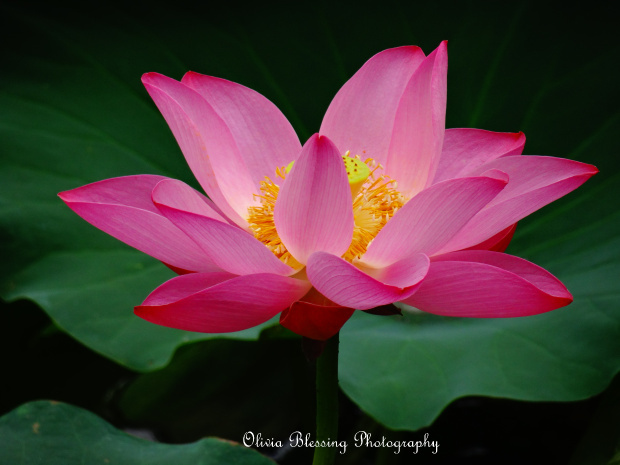To Be in Copyright or Not To Be in Copyright. . . That is the Question.
Here in China, I’m currently teaching my darling students Business Law, which includes a healthy dose of Art and Cultural Heritage law surprisingly enough. Although, if you think about it, Businesses deal in Art and Words as much as anyone–and I’ve discovered the rules for them are often similar to those for individual artists.
But one of the most basic questions my students get stumped with is what is the different between a copyright, trademark, and patent? Many of them have created their own companies on the side and are trying to figure out how to protect their resources.
Lawyers like to throw around those words like they mean something, but it’s a big pile of nothing for anyone else. Still, many of your rights and protections are caught up in the relevant Copyright, Trademark, or Patent. So if you want to adequately protect yourself (in business or in art), you need to know what to do and what laws are on your side.
As I help my students, I thought I would share some information here as well. I’m teaching basic overview of the law, so this is all simple information 🙂 Please Note: This is not intended to be Legal Advice! Every situation is different, and if you have a situation you need to speak with your own Attorney!
Copyright:
According to Copyright Law, specifically Sub-Section 102 of Federal Copyright Law, you are protected by a copyright when, all the laws agree you are the author of an original work that is somehow fixed/permanent (not just an idea, written down or recorded or something). Basically, an original work includes
- Literature,
- Music (sheet music or audio, including the words),
- Theatre (music included),
- Pantomimes and choreographic works (we don’t do a lot of this anymore),
- Art (pictures, graphic words, sculptures or statues),
- Movies/television/recordings, sound recordings (like presentations or lectures, non-music sounds), and
- Architecture or buildings.
In the Business context, this means that Copyright would include advertisements, photos, content on websites, etc.
So Copyright is where you find all your personal art, books, movies, music, and liberal arts kind of things.

Trademark:
You find Trademarks in the more professional side of the art world – logos, stamps, company name, etc. In fact, the very definition of “Trademark” signifies business ~
A Trademark is “any word, name, symbol, or device, or any combination thereof. . .” used in commerce “to identify and distinguish his or her goods, including a unique product, from those manufactured or sold by others and to indicate the source of the goods.” (11 U.S.C. §1127).
A Trademark includes the pictures, names, or other ways that a company shows the world their product is different from someone else’s product. It’s that unique little stamp you stick on it to say — “Look! This is mine!” I suppose an example of the difference between Copyright and Trademark is a Painting with a Signature. The Painting itself would be a copyrighted item. That particular name and style of Signature (if you got it registered with the government) would fall under trademark.
There are actually two words to know here: “Trademark” and “Service Mark.” A trademark is for goods (products); A Service Mark (11 U.S.C. §1127) is for services (like cleaning a house or doing the plumbing).
So if you are a business looking to protect your company name or symbol, you’d head to the Trademark website.

Patent Law
So if copyright is for the advertisements and trademarks is for company logos, then how do we protect our recipes, systems, processes, and “ideas”? Say for example that you are a video-game designer. You get your artwork copyrighted, the name of your game trademarked, but where do you go to protect the code? The actual game itself? Isn’t that something you created?
No need to fear, the founding fathers were not oblivious to the future needs of Artists and Businessmen – Article 1 of the Constitution states that the federal government should “promote the progress of science and useful arts” by protecting the inventors rights (Article 1, Section 8). In order to fulfill this responsibility, the government has established the Patent Act which says that inventors or discoverers of “any new and useful process, machine, manufacture, or composition of matter, or any new and useful improvement” (35 U.S. Code §101) may get a patent.
The Patent does not give you the automatic right to create your new invention — for example, it doesn’t give you a “this is a legal invention” stamp. And you have to respect and honor other people’s patents when making your own invention. However, it does give you the right to stop other people from creating, selling, or importing your invention.
Think about Apple and Samsung for a moment. Let’s say that Samsung has a patent protect their particular process for making an unbreakable screen. Apple gets a patent protecting the precise design for their new I-Phone 7. This does not mean that Apple can automatically use Samsung’s special screen-making process just because they “have a patent to make the I-Phone 7.” But it does mean that Samsung cannot put their special screen on a phone that looks exactly like the I-Phone 7.
Does that make sense? It’s a little confusing to explain, but a pretty simple concept to grasp.


















Leave a comment